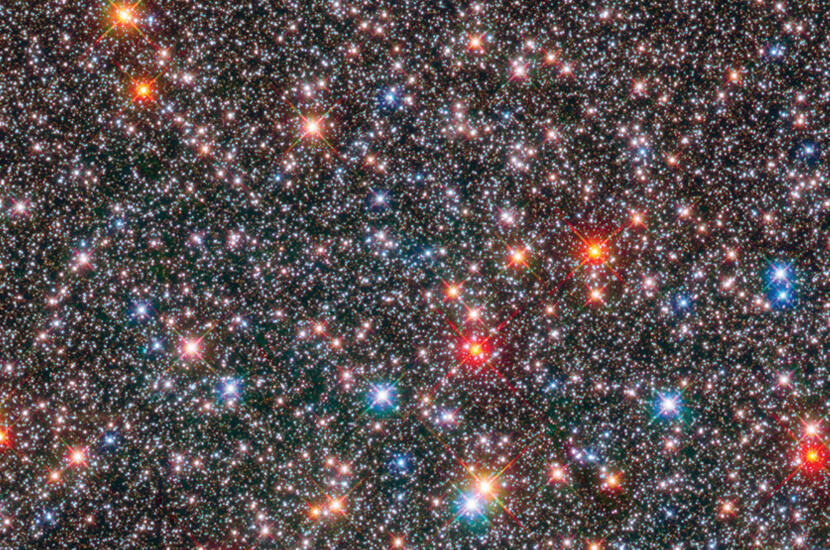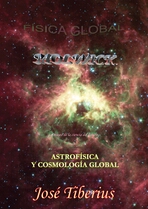A-5.The stars' orbit
If the universe's expansion were produced mainly by nuclear fusion in stars, the so-called dark energy could affect the star orbits inside galaxies, which would explain dark matter.
The name dark matter responds to the semantic representation of an effect similar to a non-visible material whose gravitational forces would reveal why the linear velocities of the stars in their galactic orbits are higher than those that would correspond to both classical and relativistic models.

In other words, their orbits moved away from the galactic center of gravity or expanded.
The relevant arguments for the creation of galaxies from their central nucleus are.
The superior orbital speed of the stars
The expansion of the universe itself
The expansion of the universe stands at 70 km/s Mpc, according to recent estimates.
Suppose it mainly originates from the mass transformation into a star's fusion energy into space, space-time, strings, gravitons, or any ether. In that case, it could lead to stars moving away from the galactic center by a reverse motion effect related to Mach's principle.
This effect is detailed in the 2009 Global Mechanics book when discussing atomic structure; in other words, it is not an ad hoc explanation.
In addition, there is a cumulative effect because since the orbital speed of the stars is higher than that of a stable orbit, the stars will move away from the galactic center. However, there will always be exceptions, for example, due to its location within an arm in spiral galaxies.
The lack of logic in a self-expanding vacuum
The spiral galaxies' arms
In these galaxies, we can observe the stars accumulated in the form of arms, which reminds us a bit of the physiology of an octopus.
Intuition offers us two contradictory ideas. The octopus's arms grow from the body outwards; the opposite would be gravitational or attraction effects.
The first argument seems more reasonable for both cases, given the large number of stars in the vicinity of the supermassive black holes in the galactic centers. Their current velocities make their orbit move away from the center.
The jets of mass and energy
Supermassive black holes expel jets of mass and energy that can be several thousand light-years long.
The dark matter itself
The non-explanation of the observations that give rise to said denomination.
-
The prediction of galaxies with little dark matter
Global Astrophysics in 2017 predicted that galaxies with few stars would have little dark matter based on the non-ad hoc model of Global Mechanics 2009 on elementary particle physics.
The detection of so-called "gravitational waves."
The detection by LIGO observations of gravitational waves could suppose massive universe expansions at the scale of elementary particles.
In short, there is strong evidence that the universe's expansion produced by stars' fusion could explain dark energy and matter.
At the galactic level, the James Web Space Telescope may offer essential contributions allowing studies related to reference frames.
ÚMBRELLA does not try to present these ideas but rather a possible empirical verification of them through the optimization of the adjustment of the anomalous precessions of the planetary orbits.
